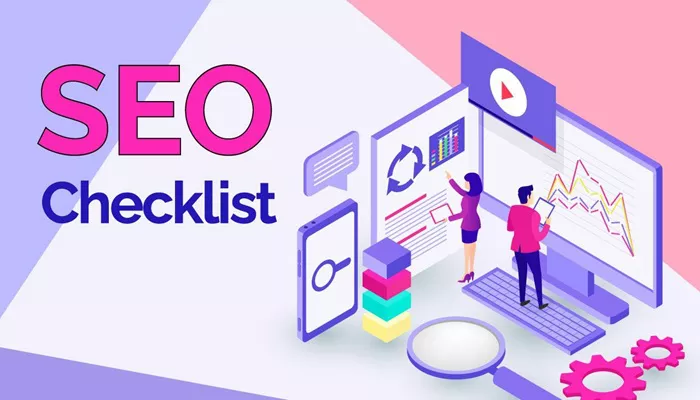In today’s fast-changing digital world, producing content that appeals to both traditional search engines and emerging AI systems is essential. Brands that successfully balance these demands can connect deeply with audiences while maintaining strong search visibility.
Achieving this balance requires a strategic approach that integrates SEO best practices with the unique capabilities and challenges of generative AI. This guide presents the key steps brands must follow to excel in this new content landscape.
Optimize Your Search Content Strategy
SEO and content strategies need to be tightly aligned to maximize organic traffic. Relying too heavily on one over the other can diminish your website’s overall performance and audience reach.
Your content must stand out in a crowded marketplace by being memorable and engaging. Employing principles such as simplicity, specificity, and storytelling will help make your content “sticky” and valuable to readers.
Research and Design Useful Content
Thorough research is the foundation of effective SEO and content creation. Understanding your audience’s pain points and search behaviors enables you to design content that truly meets their needs.
Going beyond basic keyword volume data, incorporate audience insights and competitive gap analysis to identify opportunities. This holistic approach leads to richer, more relevant content that performs well with both humans and AI.
Human and AI Content Generation
While AI tools are powerful, they do not replace the need for human creativity and judgment in content creation. The best results come from a thoughtful blend of AI assistance and human input.
Personalizing AI-generated content with unique stories and perspectives ensures authenticity. Additionally, it is crucial to fact-check and remove any biases introduced by AI to maintain accuracy and trust.
Create Accurate, Accessible, and Readable Content
Fundamental writing quality remains critical. Content free from spelling and grammar errors builds credibility and reader confidence.
Use clear formatting with headings and concise paragraphs to improve readability and accessibility. Well-crafted meta tags and up-to-date information further enhance your content’s appeal and effectiveness.
Optimize for AI Search
Large language models require clear, well-structured content to generate accurate summaries and answers. Organize your content with logical headings and focused sections to facilitate this.
Incorporate formatting tools such as tables and bullet points to present information cleanly. Use straightforward language and highlight key points to improve AI comprehension and user experience.
Use Keywords and Entities Wisely
Integrate keywords naturally into your content to avoid over-optimization penalties. Utilize synonyms and related terms to diversify your language and better match user queries.
Entity-based SEO helps search engines understand context by connecting related concepts. Including relevant entities enhances your content’s relevance and authority in AI-driven search environments.
Emphasize EEAT (Experience, Expertise, Authority, Trustworthiness)
Demonstrating EEAT is essential for building trust with both users and search engines. Detailed author bios and transparent sourcing improve your content’s credibility.
Producing in-depth, well-researched content shows expertise, while gaining citations from authoritative sources builds authority. Honesty and clear authorship foster trustworthiness, supporting long-term SEO success.
Add Multimedia Elements
Including multimedia such as images, charts, and videos enriches the user experience and can boost SEO performance. Visuals clarify complex topics and keep visitors engaged longer.
Avoid generic stock photos, which may harm rankings. Instead, use original or carefully curated media that directly supports your content’s message and value.
Integrate Content Into the Bigger Picture
Content should fit into a broader ecosystem, linking internally to related pages and externally to credible sources. This interconnectedness improves site navigation and search engine understanding.
Encouraging social sharing extends your content’s reach and builds community engagement. Unique insights and exclusive content increase backlink potential and overall influence.
Address Technical SEO Content Issues
Technical factors like page speed, mobile-friendliness, and structured data impact how well your content performs. Optimizing these elements ensures a smooth user experience.
Use descriptive URLs, include your pages in XML sitemaps, and meet Core Web Vitals benchmarks to help search engines crawl and rank your site effectively. Proper schema markup adds valuable context for AI.
Review and Revise Regularly
Content must be maintained and updated to stay relevant amid changing industry trends and search algorithms. A regular review schedule prevents your content from becoming outdated.
Revisit your content after significant product updates, market shifts, or SEO changes to maintain accuracy and performance. Continuous improvement ensures sustained audience trust and visibility.
Related Topics
- SEO Attribution Challenges in 2025 and How to Adapt
- Boston SEO Firm Drives Local Business Growth
- Healthcare Industry Faces Digital Challenge as SEO Becomes Essential

